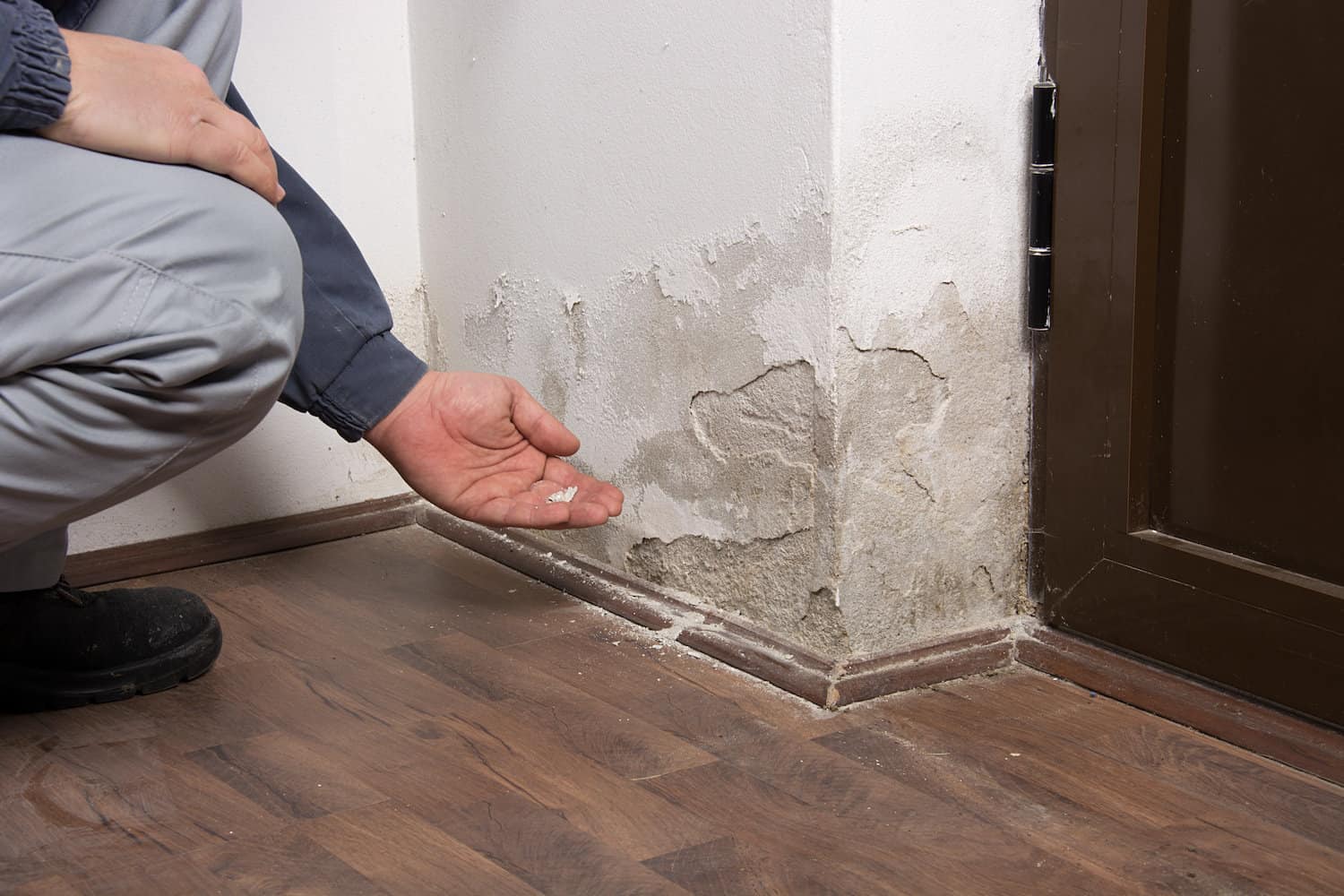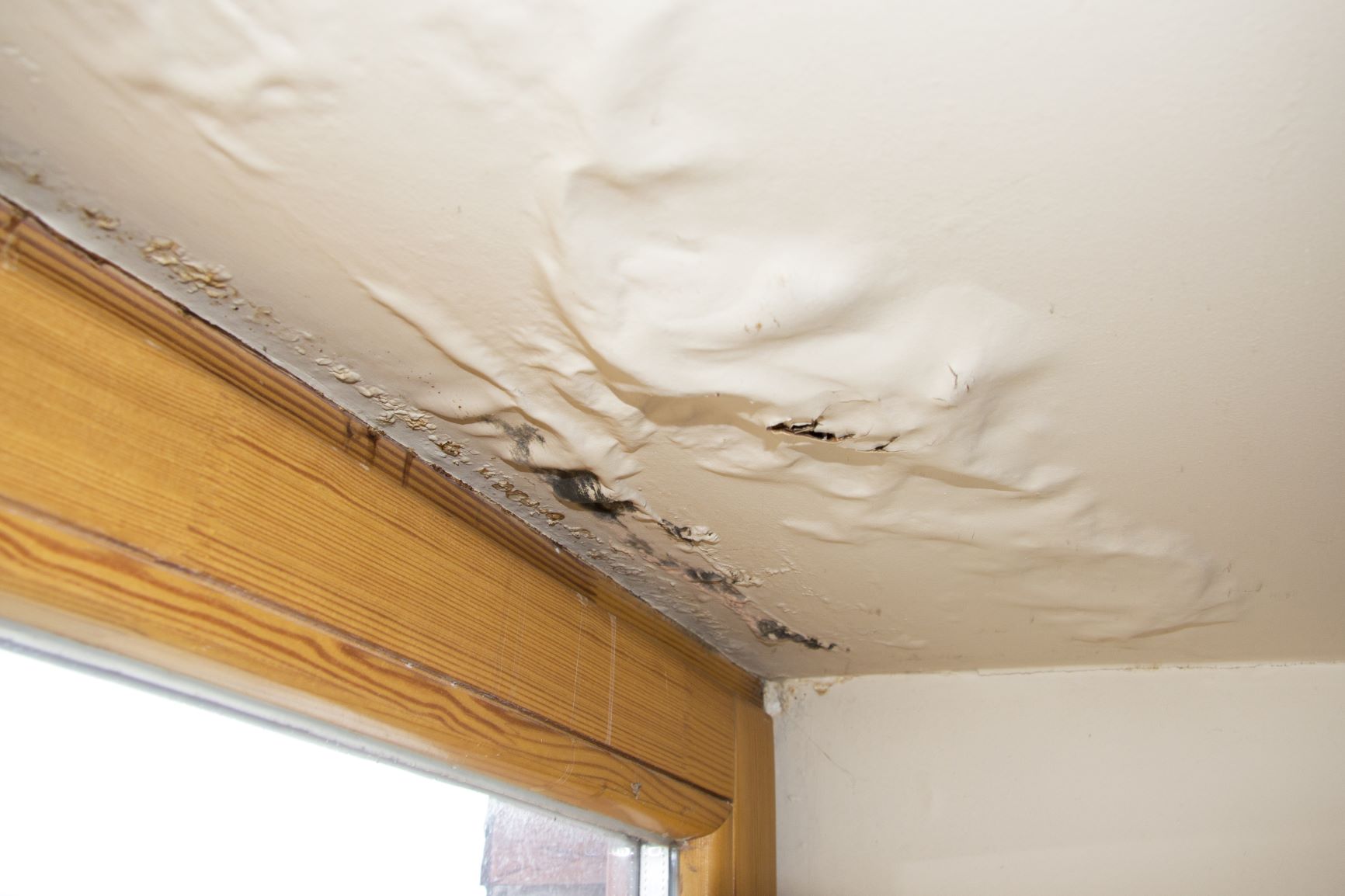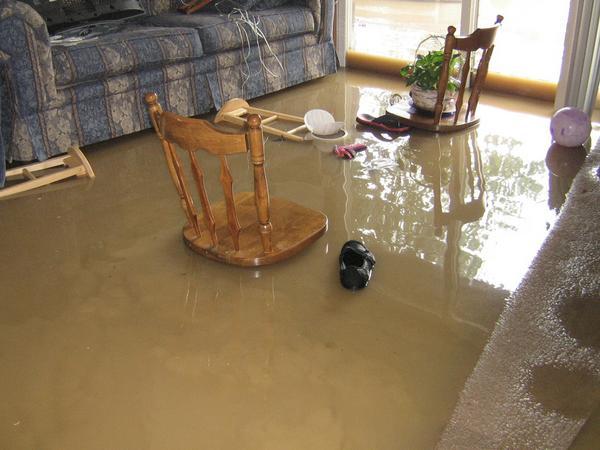Quick Response Emergency Water Leak Repair for Residential and Commercial Needs
The Refine of Water Damages Cleanup: Guaranteeing Your Home Is Recovered Successfully
Water damage can be an overwhelming obstacle for property owners, demanding a structured and careful cleaning process to restore security and functionality. Initially, a comprehensive assessment is vital to recognize the extent of the damage and determine the proper remediation actions. Following this, effective water removal techniques play an essential duty in mitigating more harm. The subtleties of drying, sterilizing, and eventual restoration are similarly necessary and commonly neglected. Comprehending these phases can make a substantial distinction in the result of your home's restoration, motivating a closer consider what each action entails.
Examining the Damages
Upon finding water damages, the primary step is to thoroughly analyze the degree of the effect. This initial examination is crucial, as it aids identify the essential steps for reliable cleaning and restoration. Begin by inspecting the affected areas, consisting of walls, ceilings, floors, and personal items, to identify the source of the water breach, whether from flooding, leaks, or condensation.
Recording the damage is essential for both insurance policy cases and intending restoration efforts - damage restoration services. Use photos and composed notes to record the seriousness of the damages, keeping in mind any kind of afflicted structural aspects and materials. Pay unique interest to areas that might not be instantly noticeable, such as behind wall surfaces and under rugs, as hidden wetness can lead to further problems, including mold development
Additionally, assess the timeline of the water direct exposure. Ultimately, a detailed evaluation lays the groundwork for a successful water damages cleaning process, making sure that all affected areas are attended to successfully and extensively.
Water Removal Strategies

Professionals commonly use submersible pumps for larger volumes of water, which can rapidly reduce flooding in cellars or other impacted areas. For smaller sized quantities, wet/dry vacuum cleaners are commonly used to remove recurring moisture from rugs and difficult surface areas. Furthermore, using mobile extractors allows for targeted elimination in confined areas or areas with delicate products.
In instances of contaminated water, such as sewer or floodwater, progressed removal strategies may involve making use of biohazard tools to make sure safety and security and conformity with wellness laws. High-powered extraction devices are important in reducing water retention in structural products, which can result in mold and mildew growth and structural wear and tear otherwise dealt with quickly.
Eventually, the effectiveness of water extraction techniques plays an essential function in the total success of the water damages cleaning procedure, laying the groundwork for succeeding restoration initiatives.
Drying and Dehumidification
As soon as standing water has been effectively removed, the next essential stage in the water damage cleanup process is drying out and dehumidification. This action is necessary to protect against additional damage and mold growth, which can happen within 24 to 2 days in moist atmospheres.
To achieve reliable drying, customized tools such as industrial-grade air movers and dehumidifiers is employed. Air movers circulate air across damp surfaces, improving dissipation prices, while dehumidifiers minimize humidity levels in the air, advertising a conducive atmosphere for drying. The combination of these devices ensures that moisture is drawn out from home furnishings, floorings, check this site out and walls, enabling them to dry extensively.
It is essential to keep an eye on the drying procedure closely. Professionals usually make use of dampness meters to evaluate the wetness web content in various materials, making certain that all affected locations reach appropriate dry skin degrees. This meticulous strategy helps to avoid hidden moisture pockets that could cause structural damages or unhealthy mold and mildew development.

Cleansing and Sterilizing
After the drying out and dehumidification stage is complete, the following vital check out this site action in water damage cleaning is cleansing and sanitizing the affected areas. This process is crucial to avoid the development of mold, bacteria, and other microorganisms that thrive in moist environments.
The cleaning stage usually involves getting rid of any debris, dust, and pollutants from surfaces using specialized cleaning up representatives. For difficult surfaces, a mix of soap and water or business cleansing items is frequently employed. Soft products, such as furniture and rugs, may need a lot more comprehensive cleaning approaches, including steam cleansing or deep removal strategies, to ensure comprehensive cleanliness.

Disinfecting adheres to cleansing, using EPA-approved anti-bacterials to get rid of harmful microorganisms. This action is crucial, specifically in areas that might have entered call with floodwaters or sewer, as these resources can position major wellness risks.
In addition, it is necessary to resolve any kind of remaining odors, which might require the usage of odor neutralizers or innovative methods like ozone treatment. Appropriate cleaning and sterilizing not only recover the security and health of your home yet additionally prepared for effective reconstruction and repairs in succeeding phases of the water damages cleaning process.
Restoration and Repair Services

When the analysis is complete, remediation efforts can begin. This normally entails repairing or changing broken products, guaranteeing that all work abides with local building regulations and standards. If drywall has been endangered, it will certainly need to be eliminated and changed with new material. Furthermore, floor covering might need see comparable focus, depending upon the level of water direct exposure.
It is essential to involve experienced restoration experts throughout this procedure, as they have the knowledge to deal with intricate repairs efficiently. They can assist alleviate possible future problems, such as mold and mildew growth or structural instability, therefore making sure a secure and habitable living setting. Inevitably, efficient restoration and repairs bring back the home's integrity and improve its overall value.
Final Thought
Finally, the process of water damages clean-up is critical for recovering a home to its pre-damage condition. Each phase, from analyzing the damages to applying efficient water extraction techniques, adhered to by comprehensive drying, disinfecting, and necessary repair services, plays a necessary duty in guaranteeing security and compliance with building criteria. Efficient execution of these actions not only minimizes prompt damages but also enhances the long-term stability and worth of the residential property.
Water damage can be a daunting obstacle for home owners, necessitating a organized and precise clean-up process to recover safety and security and functionality. Inevitably, an extensive analysis lays the groundwork for an effective water damage cleanup procedure, making sure that all influenced locations are addressed successfully and completely.
Efficient water removal methods are important in mitigating damage and stopping additional issues following a water invasion occasion.In final thought, the procedure of water damage clean-up is important for recovering a home to its pre-damage condition. Each stage, from analyzing the damage to carrying out effective water extraction techniques, complied with by detailed drying out, sterilizing, and necessary repairs, plays an essential role in making sure security and compliance with structure criteria.